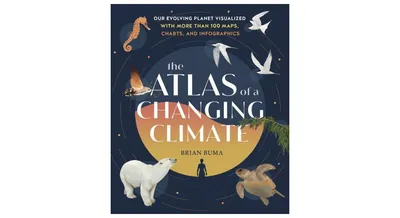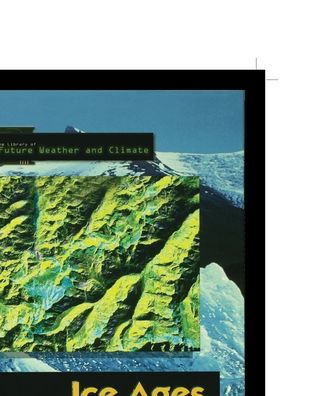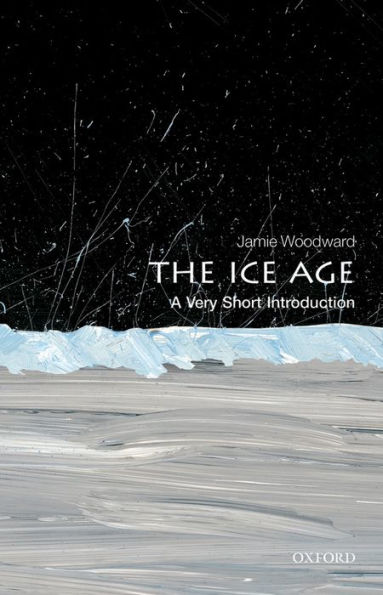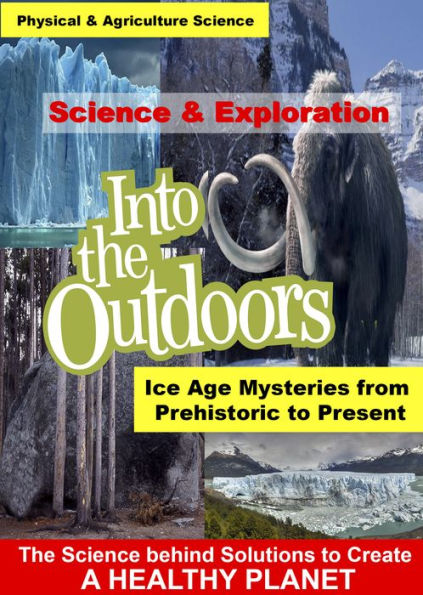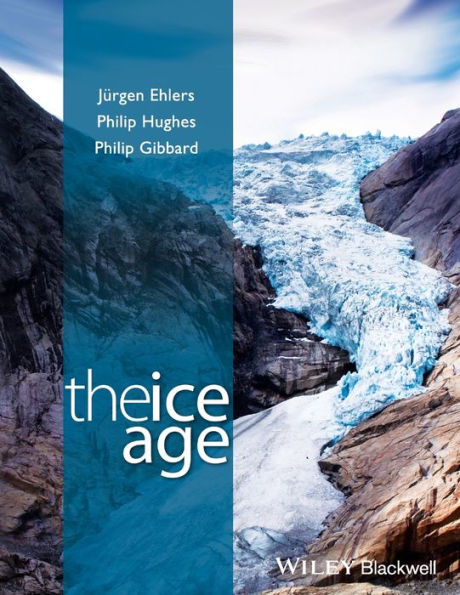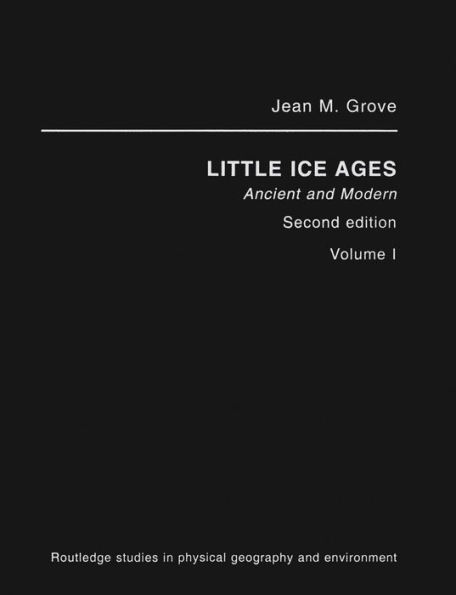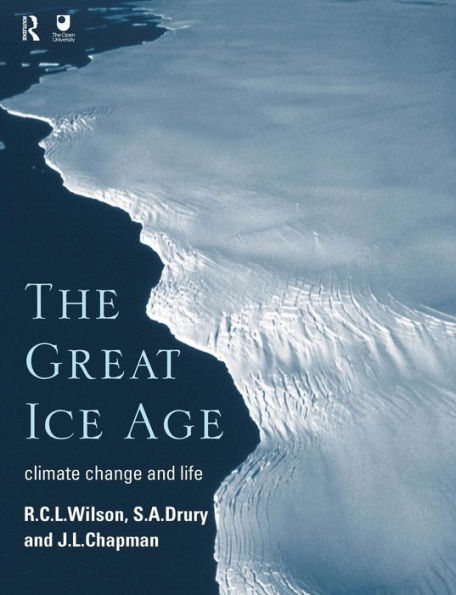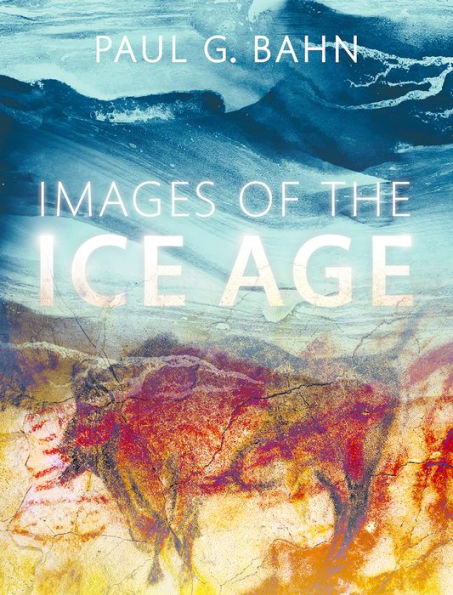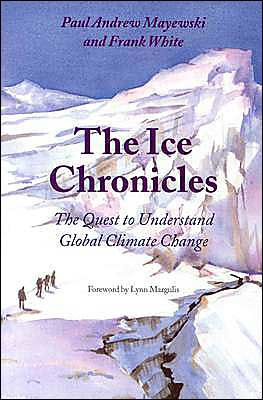Home
The Digital Ice Age: Illustrated Science


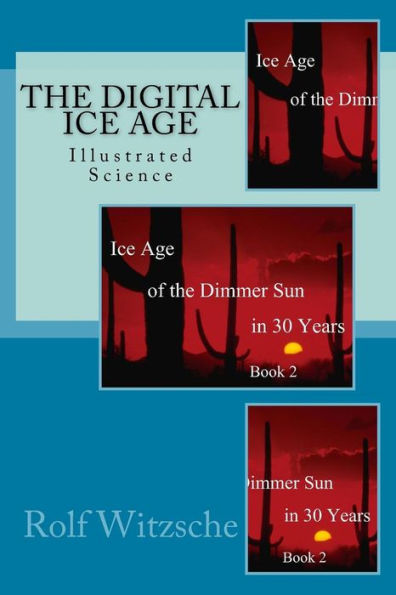
The Digital Ice Age: Illustrated Science
Current price: $5.50
Loading Inventory...
Size: OS
The term, 'Digital', refers to on-off conditions. Computer electronics is built on it. Cosmic 'electronics' reflect the principle on a larger scale. The 'Primer Fields' that focus interstellar plasma onto our Sun are dynamically formed and are subject to on-off conditions. Ice Ages result in the off periods.
Without the Primer Fields, the Earth would be in an Ice Age environment. We, ourselves, would likely not exist then. The fields are created by magnetic effects of flowing plasma acting on itself. The phenomenon has been explored and replicated in laboratory experiments. The characteristics are presented in this book.
A threshold level in plasma density must be exceeded for the fields to form. In times when the fields cannot form, or can no longer be maintained, the Sun is powered at a lower level. During the inactive state the solar activity is reduced to a type of cosmic default level with 70% less radiated energy. This has been the case for 85% of the last 2 million years.
Ice Age Glaciation is the normal state on Earth, except for the brief 'active' intervals of interglacial periods and the Dansgaard Oeschger oscillations during the Ice Ages.
At the present rate of diminishment, the solar activity phase-shift threshold may be crossed in 30 years, or in the 2050s, most likely. With the primer system gone inactive, the climate on Earth will get 40 times colder than the Little Ice Age in the 1600s had been. Ice core evidence promises that. Without the needed preparations for human living in such an environment, 99% of humanity would die of starvation, both by the cold and by CO2 depletion as more CO2 becomes dissolved into the sea.
With the fields being critical for our very existence, the exploration of it is likewise critical.
In the Little Ice Age, between 10% and up to 30% of the populations in Europe had perished by starvation. The last Big Ice Age was evidently vastly harsher. Only 1-10 million people emerged from it alive. That's all we had after 2 million years of development. We want to do far better this time around; and we can, with large-scale technological infrastructures for our food supply. But will we create them? Will we get the job done in the 30 years that we still have left before the Ice Age starts anew? Will we even consider it? And how certain are we that the phase shift to the next glaciation period will begin, as the evidence suggests, in the 2050s? We have no slack on this front. Should we fail us on this absolute front, we would be committing suicide.
Numerous fields of evidence tell us that the next Ice Age is near. That's where the truth begins. Most of the evidence was discovered in the 1990s and thereafter. Some evidence is measured in ice cores; some is measured in space, by satellites. Some measurements are also made on the ground in terms of measurements of the Earth's magnetic-pole drift observed in northern Canada. All of this is seen combined with high-energy physics experiments at a leading national laboratory, and is also explored in the small in static experiments.
So, what will the answer be? Will we move with the evidence? Or will we lay ourselves down to die by default?
It takes an independent researcher to brake the taboos that have kept mainstream cosmology imprisoned, increasingly, during the past century, even while what is regarded as taboo is known to be wrong.
The Illustrated Science series is intended to open the scene beyond the threshold of accepted taboos, to where the actual physical evidence speaks for itself.
The scope of the existential challenge that the Ice Age brings with it, takes astrophysics out of the academic domain and places it into the foreground as one of the most-critical issues of our time. The big Climate Change events that have already worldwide effects are mere fringe effects in the flow of the ever-changing cosmic dynamics. The big effect, when the Ice Age begins anew, promises to be caused by a dimmer and colder Sun.

